Every fall, hundreds of eagles descend upon the Fraser Valley to roost in the treetops surrounding Echo Lake. Experts say there is no other place like it in the world.

“This is eagle central. It’s the place that if you want to protect the largest concentration of raptors on earth, this is just about it here,” says Ken Wu of Ancient Forest Alliance.
The area is a perfect marriage of mountain and river valley, sheltering the eagles from the wind while the perch upon the branches of the ancient Douglas Firs and Red Cedars.
“It’s really the last of the last. It’s like coming across a sasquatch these days. this is a very special area,” says Wu.
The fight continues to protect old-growth forest from logging. While the B.C. Government announcing 55 hectares were protected as old growth management areas, there are still 40 hectares that fall under a woodlot license.
“It’s about one-third the size of Stanley Park. It should be a no-brainer that you protect a hundred hectares of old growth forest here when there’s so little that remains,” says Wu.

Get daily National news
Stephen Ben-Oliel owns property around Echo Lake and says over the years he’s watched the clear-cutting get closer. He says without protection from the ministry, logging companies can’t be left on their own to do the right thing.
“A cedar can be worth $50,000 and a fir tree that’s got the right grain is $10,000 to $15,000. It’s called a Class-A roller. It goes into plywood,” says Ben-Oliel.
Minister of Forests Steve Thomson told Global News that there are no plans to log the 40 unprotected hectares.
“We need to work with the woodlot operator. Woodlot operators leave wildlife trees and wildlife tree areas… I’ve been advised no logging is planned,” Thomson says.
Wu says if there are no plans for logging, why not include the patch of old-growth in the already protected lands.
Eagle expert David Hancock says the strength of the trees is a direct result of the eagle activity over hundreds of years.
He adds if the area was cleared, there is a risk the eagles may not return.
PHOTO GALLERY:











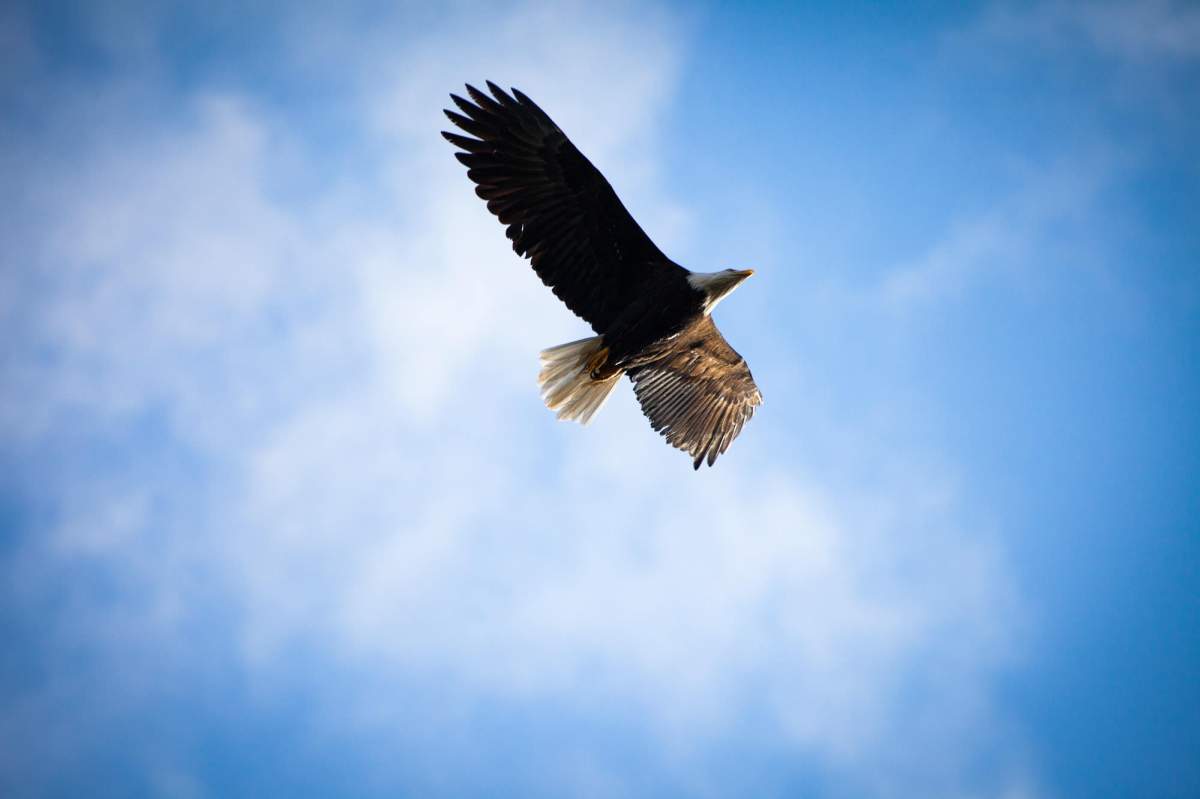









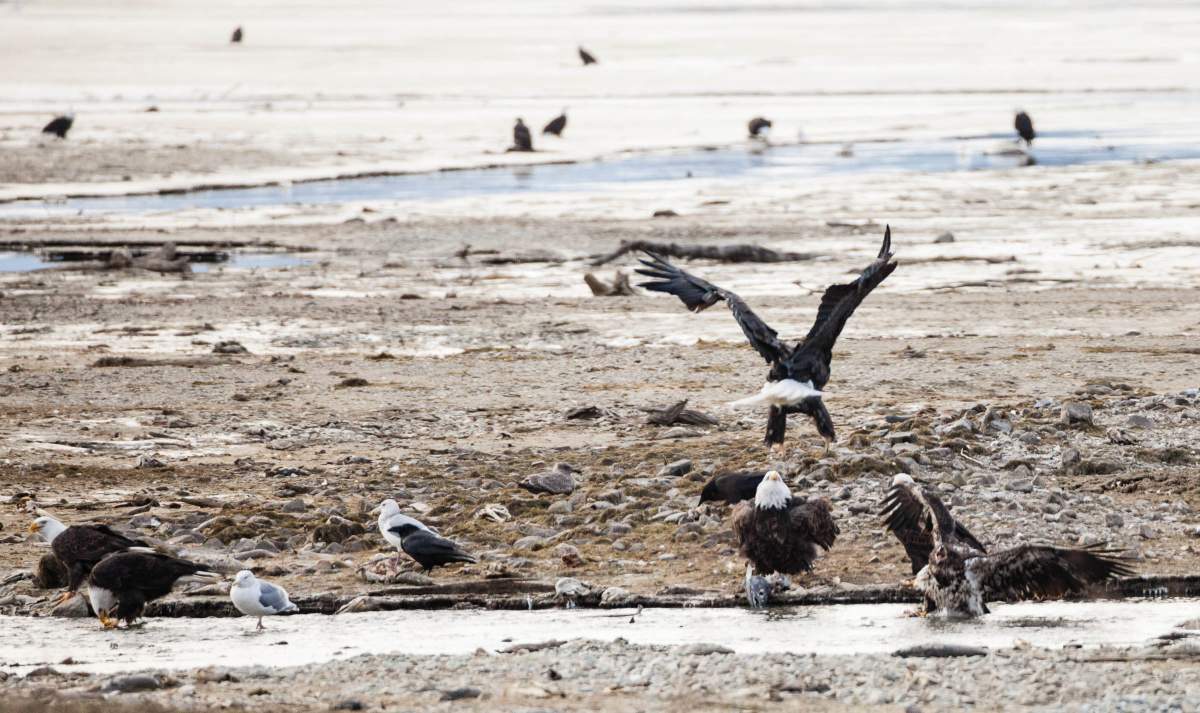





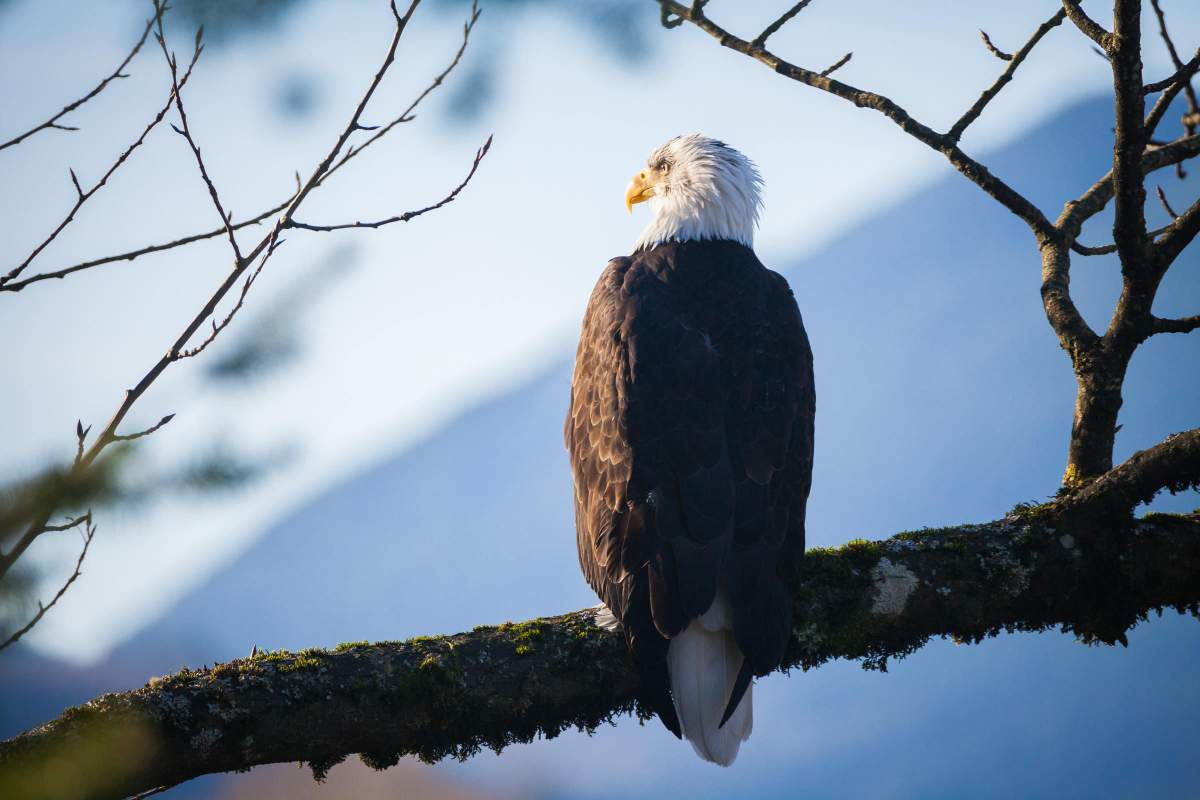

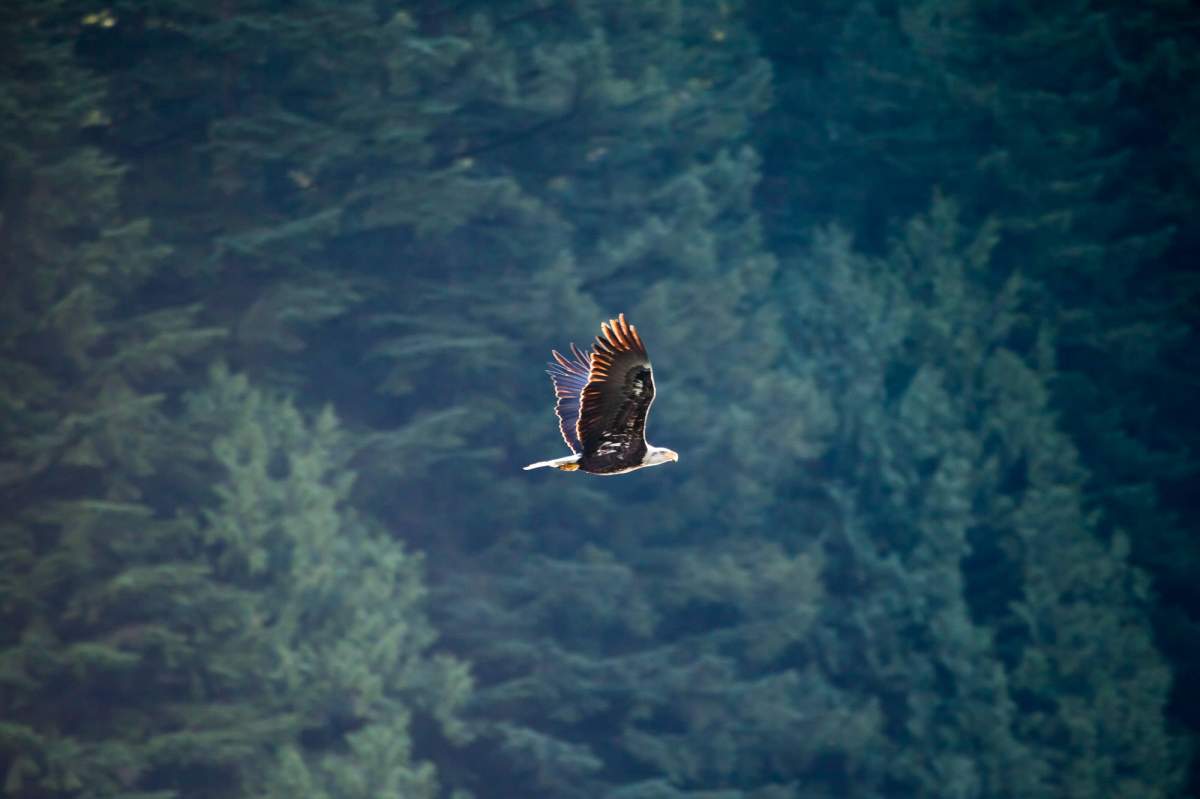

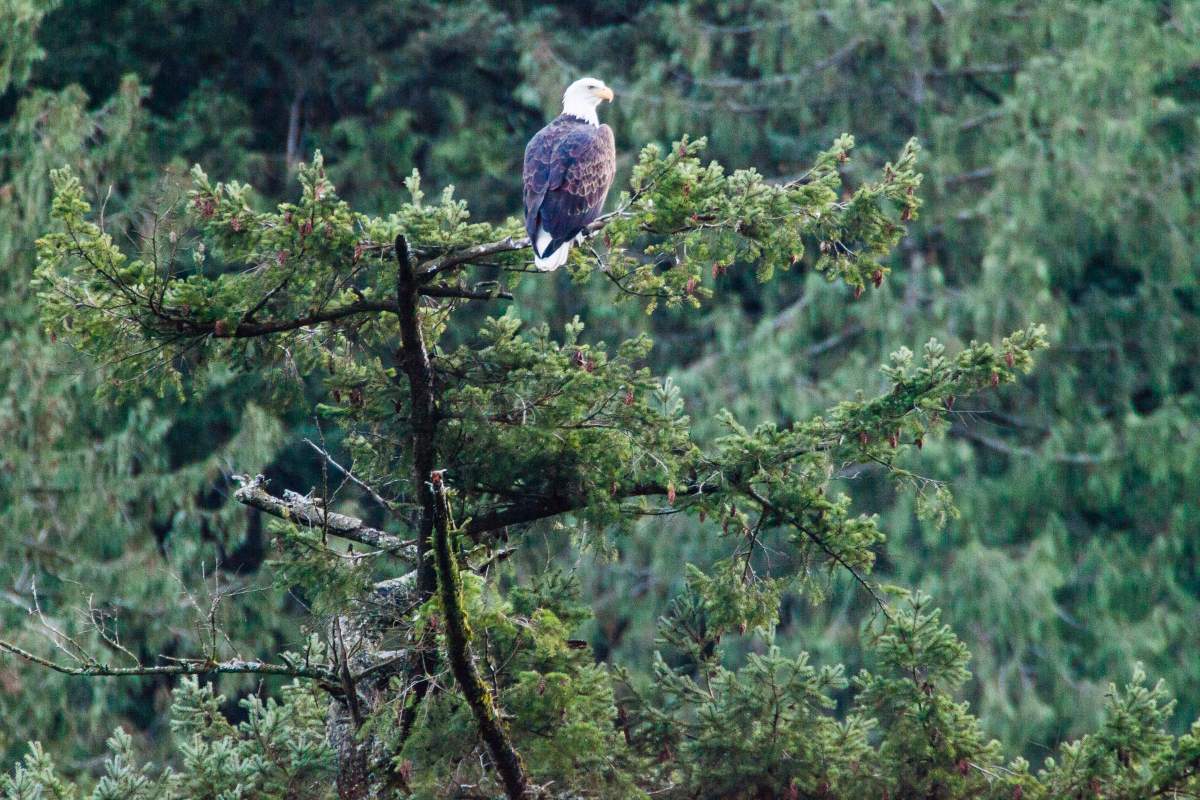



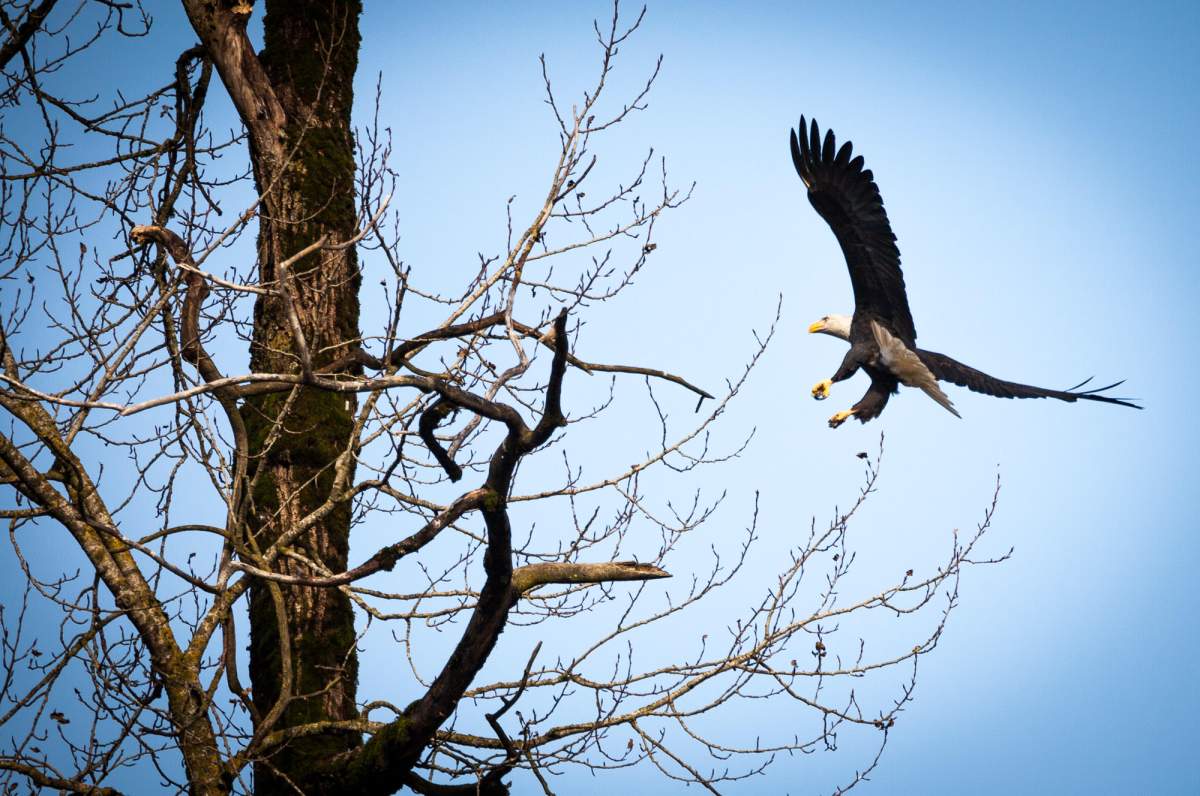
Comments